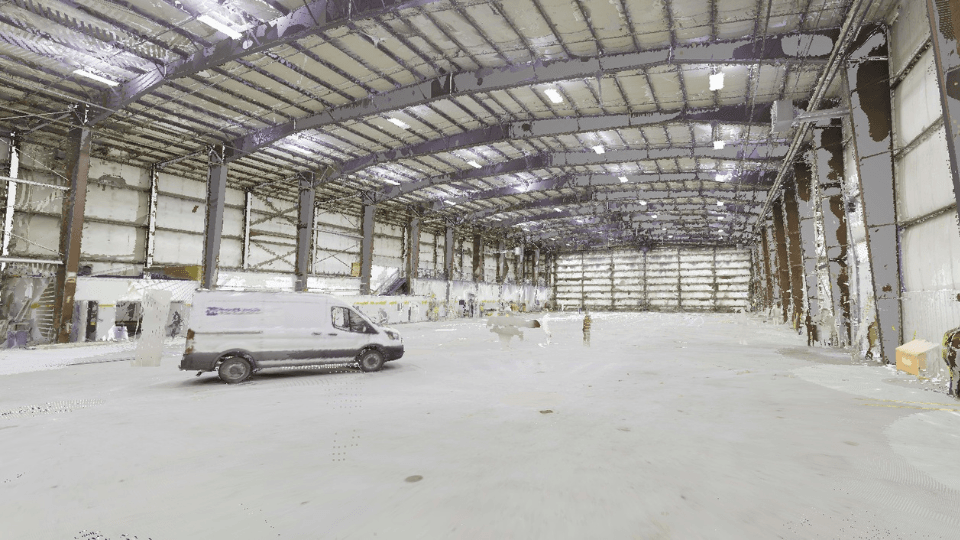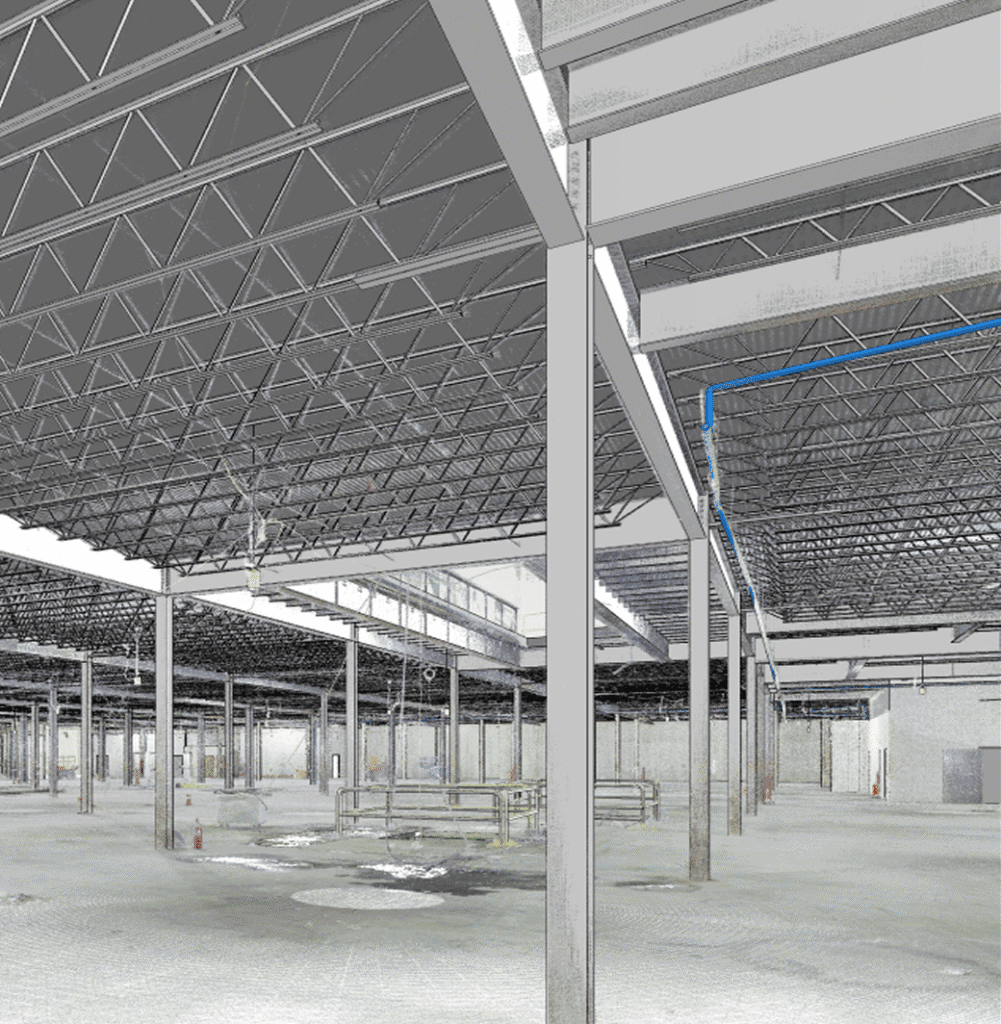Table of Contents
Introduction
The construction industry continues to evolve—but longstanding challenges like miscommunication, cost overruns, and reactive planning still hinder project success. Building Information Modeling (BIM) is transforming the way teams address these issues, offering a data-rich, collaborative platform that drives clarity and coordination from design to handover.
At OAR, we’ve seen firsthand how BIM not only resolves common construction problems but also positions our clients to anticipate future demands. Here are eight key challenges BIM helps solve today—and tomorrow.
Miscommunication Between Stakeholders
The Challenge:
Siloed plans and inconsistent information create misalignment across teams, often leading to rework and delays.
How BIM Helps:
BIM provides a centralized, real-time model accessible to all stakeholders, ensuring alignment and transparency at every phase.
Design Errors and System Clashes
The Challenge:
Overlapping systems or design conflicts discovered during construction can derail progress.
How BIM Helps:
Built-in clash detection empowers design teams to resolve conflicts virtually before materials are ordered or installed.
Inaccurate Budgeting and Cost Control
The Challenge:
Cost estimates often miss the mark due to fragmented information.
How BIM Helps:
5D BIM integrates cost data directly with model components, enabling real-time financial analysis and forecasting.
Construction Delays and Inefficient Scheduling
The Challenge:
Unclear sequences and unpredictable delays compromise timelines.
How BIM Helps:
4D scheduling connects construction activities to the 3D model, allowing for better visualization, phasing, and timeline management.
Disconnected Facility Management Post-Handover
The Challenge:
Lack of details or inaccurate documentation makes long-term operations inefficient or misinformed about critical planning elements like egress or maintenance access.
How BIM Helps:
The BIM model becomes a digital twin of the facility, supporting asset tracking, maintenance, and renovations.
Inconsistent Quality Control
The Challenge:
Manual quality assurance processes are prone to oversight and inconsistency.
How BIM Helps:
Model-based workflows standardize QA/QC by linking checklists, specifications, and as-built data directly to spatial components.
Result:
- Improved construction accuracy
- Easier inspection processes
- Fewer punch list items at turnover
Lack of Insight into Material and Supply Chain Planning
The Challenge:
Uncoordinated procurement and delivery schedules lead to bottlenecks.
How BIM Helps:
BIM enhances material planning by visualizing when and where each component is needed, supporting just-in-time delivery and reducing site clutter.
Result:
- Fewer delays due to missing materials
- Better inventory control
- Lower carrying costs
Difficulty Adapting to Design Changes
The Challenge:
Late-stage design changes ripple through the project, causing confusion and delays.
How BIM Helps:
BIM allows for fast model updates and automatic propagation of changes across all views, schedules, and data sets.
Result:
- Real-time coordination
- Fewer change orders
- Greater agility in managing scope shifts
Conclusion: BIM Is Your Strategic Advantage
By addressing both core and emerging challenges, BIM equips project teams with the tools they need to deliver smarter, safer, and more efficient outcomes. From preconstruction clarity to operational insight, it’s more than a modeling tool—it’s a foundation for transformation.
FAQ
Is BIM suitable for small-scale construction projects?
Yes—BIM offers scalable benefits across all project sizes, from small tenant improvements to complex industrial facilities.
How does BIM support sustainability?
BIM supports early-stage energy modeling, daylighting analysis, and material selection—all critical to environmentally responsible design.
Can BIM integrate with other project tools?
Yes. BIM platforms integrate with scheduling, cost, and project management tools to provide a cohesive project ecosystem.



